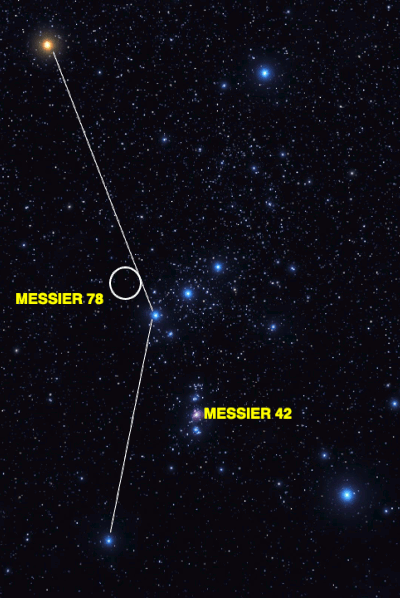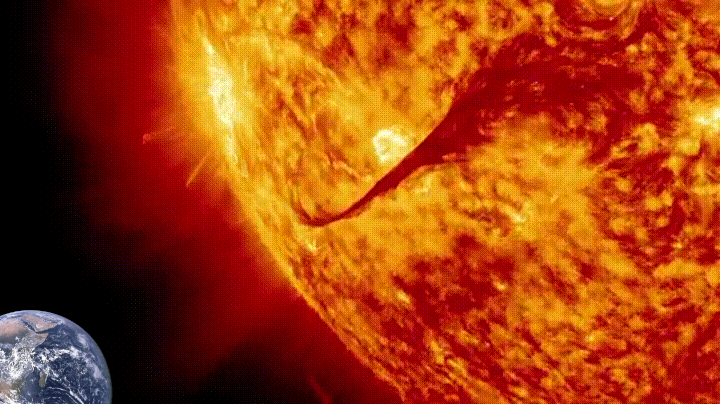Preface: The space between stars is not a complete vacuum; it is filled with a sparse collection of gas and dust called the interstellar medium, which is primarily composed of hydrogen and helium.
Background: When the water ice on a comet is heated by the Sun and vaporizes in the near-vacuum of space, the resulting water molecules in the comet’s coma are dissociated into hydroxyl (OH) radicals and hydrogen atoms (H) primarily by solar ultraviolet (UV) radiation (photodissociation), not just by the heat itself or a simple mixing of oxygen and hydrogen.
The 1.667 GHz frequency is a prominent spectral line associated with the hydroxyl (OH) radical, not neutral hydrogen (H I). The primary, well-known radio emission line of neutral hydrogen is at approximately 1.420 GHz (1420.4 MHz), corresponding to a wavelength of 21 cm.
The 1.667 GHz line is one of the main lines of the hydroxyl radical, specifically the OH main lines, which are often observed in interstellar medium studies using radio astronomy. These lines (1667 MHz and 1665 MHz) can be used as a probe of molecular gas.
Ref: The hydroxyl (OH) radical can be both naturally and artificially produced. It is generated in the atmosphere by reactions involving UV light and ozone, and in living organisms and industrial processes through mechanisms like the Fenton reaction. Artificial methods are used in applications like advanced oxidation processes for water treatment.
Technical standpoint by Prof. Loeb:
First Radio Signal from 3I/ATLAS: Absorption by Hydroxyl Radicals (OH Molecules) – Please refer to the link for details.




